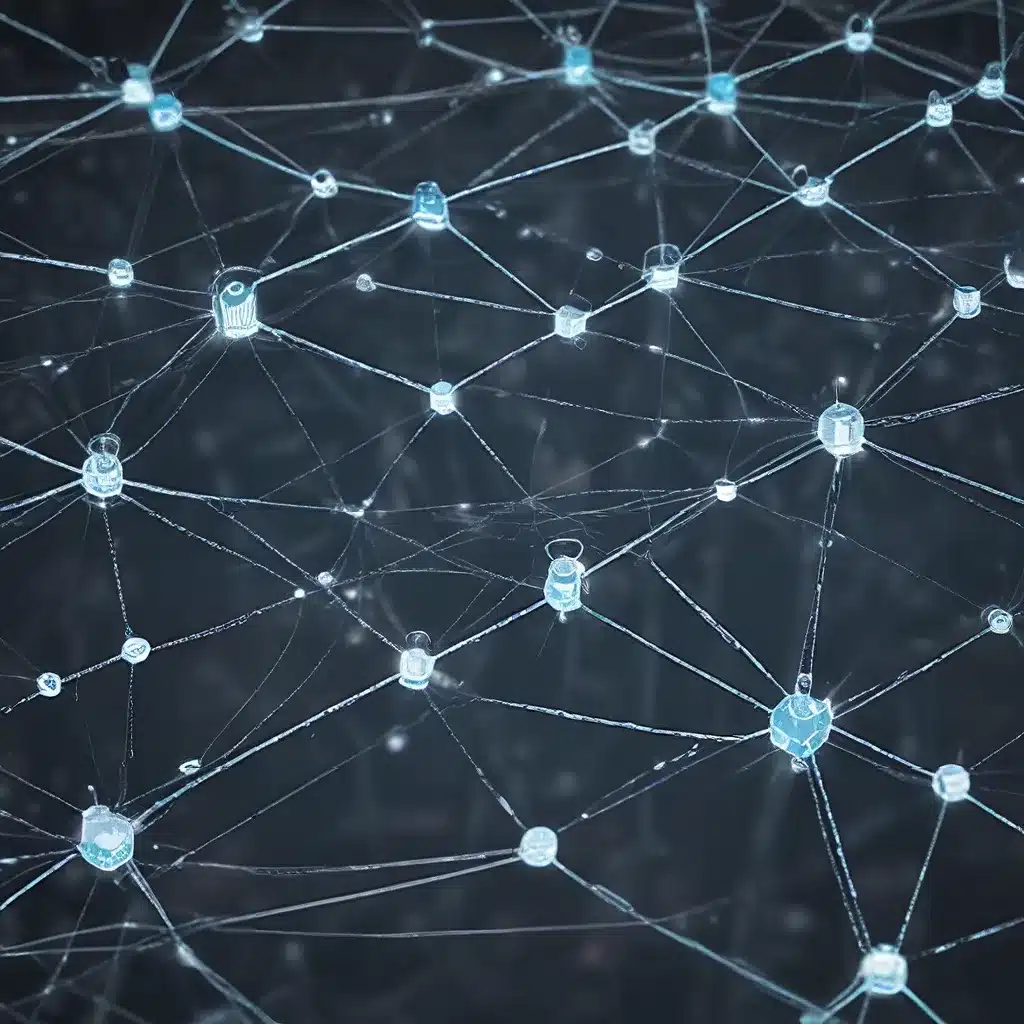
Unlocking the Potential of Sensor Networks
In the rapidly evolving world of technology, sensor networks have emerged as a transformative force, reshaping the way we interact with and understand our environments. These interconnected systems of sensors, communication devices, and data processing modules have the power to revolutionize industries, enhance sustainability, and improve quality of life. At the heart of this revolution lies the concept of distributed intelligence, a paradigm shift that is enabling autonomous decision-making and adaptive capabilities within sensor networks.
The United States Air Force Research Laboratory (AFRL) has been at the forefront of this technological advancement, driving the development of innovative sensor network architectures and algorithms that empower real-time, localized decision-making. By leveraging machine learning and edge computing, these systems can adapt to changing conditions, optimize resource utilization, and respond to dynamic situations with unprecedented speed and precision.
Revolutionizing IoT Applications
Sensor networks and the Internet of Things (IoT) go hand in hand, as these technologies converge to create a more connected and intelligent world. From smart cities and precision agriculture to industrial automation and healthcare monitoring, the applications of sensor networks are vast and far-reaching.
In the realm of smart cities, sensor networks can be used to monitor air quality, manage traffic flow, and optimize energy consumption, enabling sustainable urban development and improved quality of life for residents. In the agricultural sector, sensor networks can gather data on soil moisture, weather patterns, and crop health, empowering farmers to make data-driven decisions and maximize productivity.
The deployment of sensor networks in industrial settings has led to significant advancements in process optimization, predictive maintenance, and asset management. By monitoring equipment performance and detecting anomalies, these systems can prevent costly downtime and ensure efficient operations.
In the healthcare domain, sensor networks are revolutionizing remote patient monitoring, early disease detection, and personalized treatment. Wearable devices and implanted sensors can continuously gather data on a patient’s vital signs, activity levels, and medication adherence, enabling proactive interventions and improved patient outcomes.
Securing Sensor Networks
As sensor networks become increasingly ubiquitous, the security of these systems has become a paramount concern. Distributed sensor networks are inherently vulnerable to a range of cyber threats, including data breaches, network disruptions, and malicious attacks. Addressing these challenges requires a multifaceted approach that encompasses hardware-level security, secure communication protocols, and advanced anomaly detection.
Cryptographic techniques, such as encryption and authentication, play a crucial role in safeguarding sensor network data and ensuring the integrity of communications. Additionally, secure firmware updates and tamper-resistant hardware can provide an additional layer of protection against physical attacks.
Leveraging machine learning and artificial intelligence, sensor networks can also detect and respond to anomalous behavior, identifying and mitigating potential security threats in real-time. By continuously monitoring network activity and adapting security measures to evolving threats, these systems can enhance the overall resilience of the IoT ecosystem.
Energy Management in Sensor Networks
One of the key challenges in sensor network design is energy management, as many sensor nodes are deployed in remote or hard-to-access locations, making battery replacement and recharging a significant logistical and operational challenge.
Energy-efficient hardware design, power-aware communication protocols, and dynamic resource allocation are some of the strategies employed to optimize energy consumption in sensor networks. Techniques such as duty cycling, power scaling, and energy harvesting can extend the operational lifetime of sensor nodes and ensure the long-term sustainability** of these systems.
Moreover, the integration of distributed intelligence into sensor networks can further enhance energy management. By enabling local decision-making and adaptive resource allocation, these systems can minimize data transmission, optimize sensor activity, and intelligently manage power consumption based on real-time conditions and application requirements.
Shaping the Future of Sensor Networks
As sensor networks and IoT continue to evolve, the integration of distributed intelligence will be a driving force behind the next generation of these technologies. By empowering autonomous decision-making and adaptive capabilities, sensor networks will be able to respond to dynamic environments with unprecedented speed and optimize resource utilization for improved efficiency and enhanced sustainability.
The applications of these intelligent sensor networks are limitless, with the potential to transform industries, improve quality of life, and address global challenges in areas such as environmental monitoring, public safety, and healthcare. As the adoption of these technologies accelerates, the https://sensor-networks.org/ will continue to play a pivotal role in shaping the future of sensor network technology and enabling the realization of a more connected, adaptive, and sustainable world**.